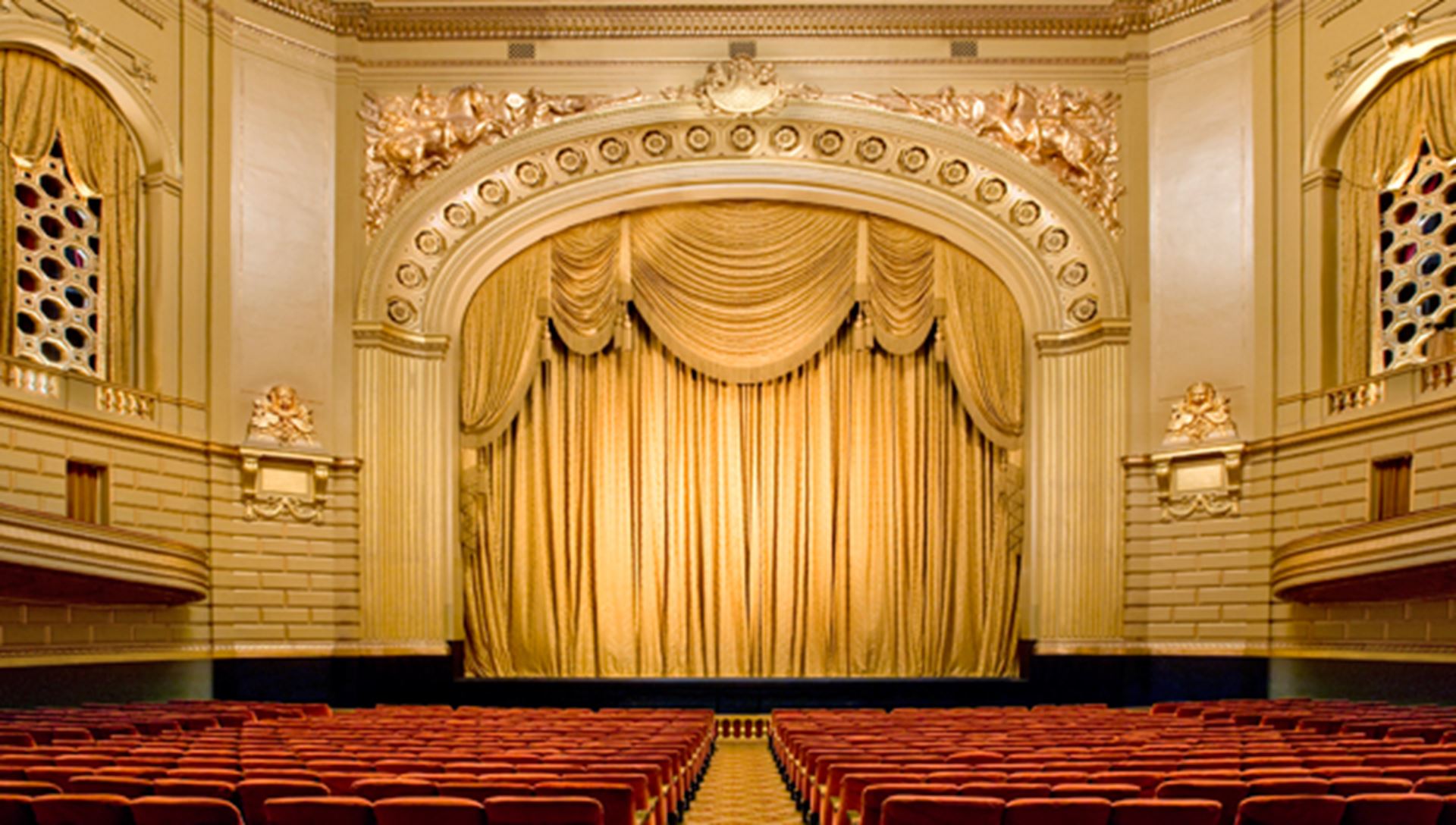
Salvaging Classics
Madama Butterfly is one of two classical works most commonly mentioned when asking “Should anyone really be producing this?”
Many in the opera world view the music as the core of Butterfly and insist that no matter how problematic the text might be, the music deserves to be heard. One notable example is this co-commission of Madama Butterfly, as envisioned by famed Japanese director Amon Miyamoto.
Instead of any textual changes, the production uses a non-textual framing device, a silent passing of letters from Pinkerton to his now-adult son. According to Miyamoto, this is grounded in Pinkerton’s passionate musicality in the climax of Act I. Someone capable of such musical passion must truly be in love, and it must pain him to leave Butterfly. The audience is invited to see a dying Pinkerton, twisted by regret. This interpretation is slightly counter-textual, as Pinkerton is criticized for his faithlessness and boorish behavior without signs of remorse or regret for his actions. Does this framing device go far enough to address the cultural criticism of the piece? Audiences are welcome to come to their own conclusions.
A more extreme technique has been recently used on the other most commonly mentioned Orientalist work, Gilbert and Sullivan’s The Mikado. Mikado steps into a special realm which, beyond frequent usage of yellow face in production, presents outlandish caricatures of “Japanese” people in an attempt to lampoon the British obsession with class and status. That Gilbert and Sullivan are trying to “punch up,” or make those in power the butt end of the joke, the problem lies in the way they use stereotypical nonsense words as character names and rely on Orientalist presentations of “Japanese” behavior to land the jokes.
To address this, San Francisco light opera company Lamplighters completely overhauled the entire show, changing the setting to Renaissance Milan (to better land the rhymes for “Japan”), while managing to keep nearly all the dialogue and lyrics, not to mention the entire score. While it was well received by audiences and reviewers, music enthusiasts questioned whether this recast production was actually The Mikado at all? Is this a bridge too far?
Adapting Classics
An important trend in identity-based art is taking classical narratives and adapting them for contemporary reception.
Madama Butterfly again provides one of the most powerful examples as the origin for Henry David Hwang’s M. Butterfly. Based on the true story of a French diplomat who had a decades-long affair with a male jingju (Beijing Opera) performer starting in 1964, the play deconstructs the Orientalist conception of Asian women and Asian bodies in Madama Butterfly very directly. The play is considered a hallmark of Asian American theatre, making Hwang one of the preeminent Asian American playwrights today.
The Ghosts of Our Ancestors
Yet more and more commonly, Asian artists have taken to presenting their own unique narratives.
Many of these narratives are stories about family and history, reflecting a desire for the artist to connect with ancestral cultures they can point to and conceptualize, but are often kept on the outside of. It is how they navigate the liminality of being an immigrant - never fully being accepted as American, but now also foreign to the culture of your family.
Some create pieces around transformative historical events like Cambodian Rock Band by Lauren Yee or Sisters Matsumoto by Phil Kan Gotanda (about the atrocities of the Khmer Rouge and Japanese internment, respectively). Others, like Young Jean Lee, the first Asian woman to have a play on Broadway, create wild experimental works that try to express what it is to be Asian in an American setting.
Frequently, these plays explore the use of heritage languages, as a common theme in the Asian experience is being totally cut off from ancestral languages in the name of assimilation. Hwang’s recent work Chinglish is a prime example of this.
Another powerful theme is the integration of traditional aesthetics and performance techniques in contemporary settings. Singaporean director Ong Keng Sen has achieved global renown for bringing together master practitioners of both Eastern and Western arts to create elaborate theatrical works. San Francisco’s own Theatre of Yugen is another prominent company as the only company in the world which presents traditional Japanese kyogen in English and creates original fusion theatre with recognized Japanese masters.

